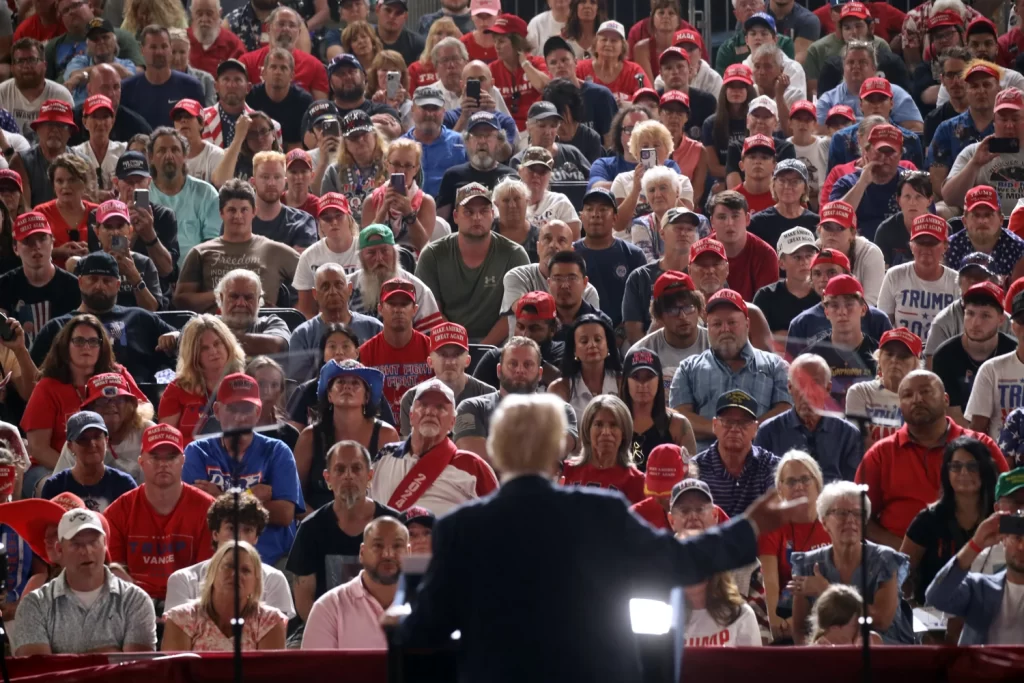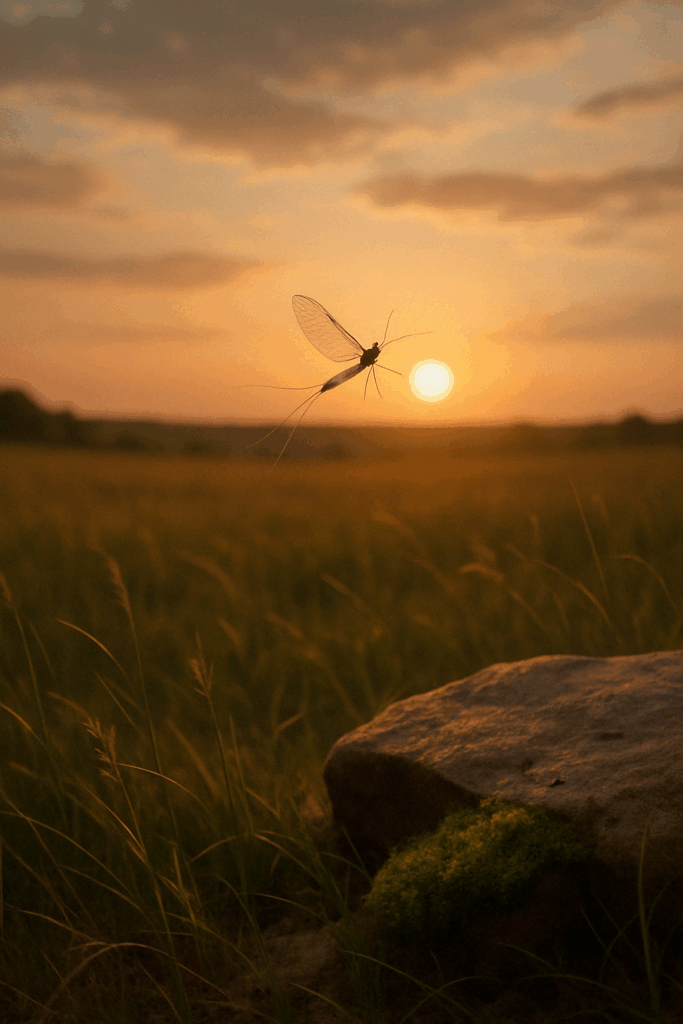
Some elephant Factslaps:
Largest Land Mammals: African elephants are the largest land animals, with adult males weighing up to 15,000 pounds and standing about 13 feet tall at the shoulder.
Massive Appetites: Elephants can consume up to 600 pounds of food daily, though 250–300 pounds is more typical.
Inefficient Digestive Systems: Despite their large intake, elephants digest less than 50% of their food, leading to frequent defecation—12 to 15 times a day, totaling around 220–250 pounds.
Long Gestation Period: Elephants have the longest pregnancy of any land animal, lasting about 22 months.
Distinctive Ears: African elephants have large ears shaped somewhat like the African continent, while Asian elephants have smaller, rounded ears.
Infrasonic Communication: Elephants communicate using low-frequency sounds, known as infrasound, which can travel several miles.
Emotional Intelligence: Elephants exhibit behaviors associated with grief, learning, mimicry, play, altruism, tool use, compassion, cooperation, self-awareness, memory, and communication.
Unique Names: Research suggests elephants may use unique vocalizations akin to names to address each other, indicating advanced social structures.
Altruistic Behavior: Elephants have been observed helping injured individuals, including humans, and even guarding them from potential threats.
Thermoregulation via Ears: Elephants use their large ears to regulate body temperature by flapping them to cool the blood in the ear’s extensive network of blood vessels.


